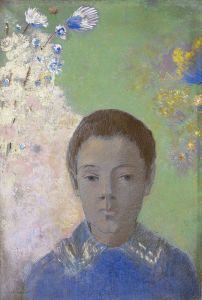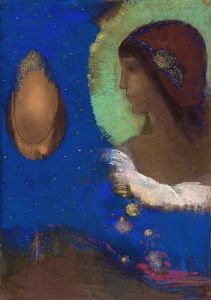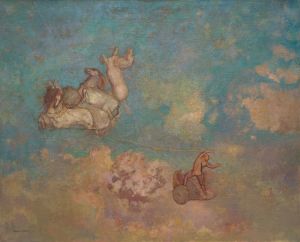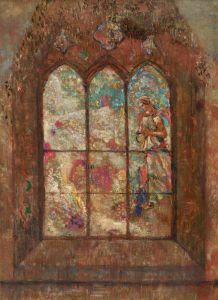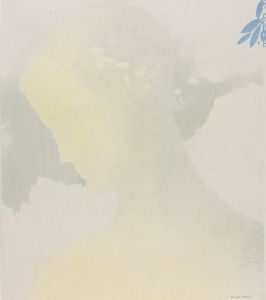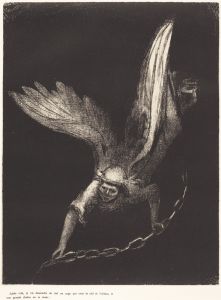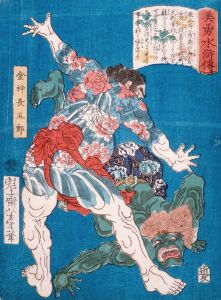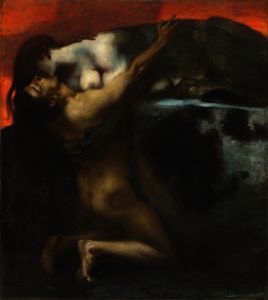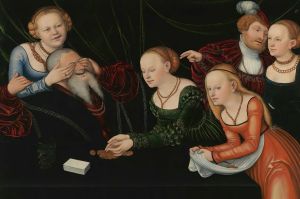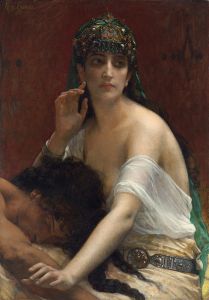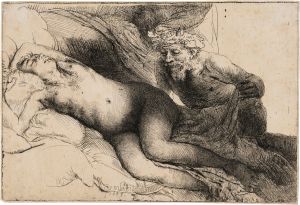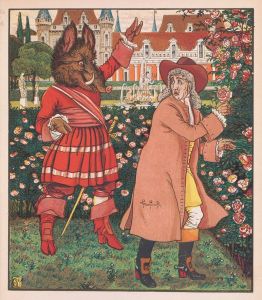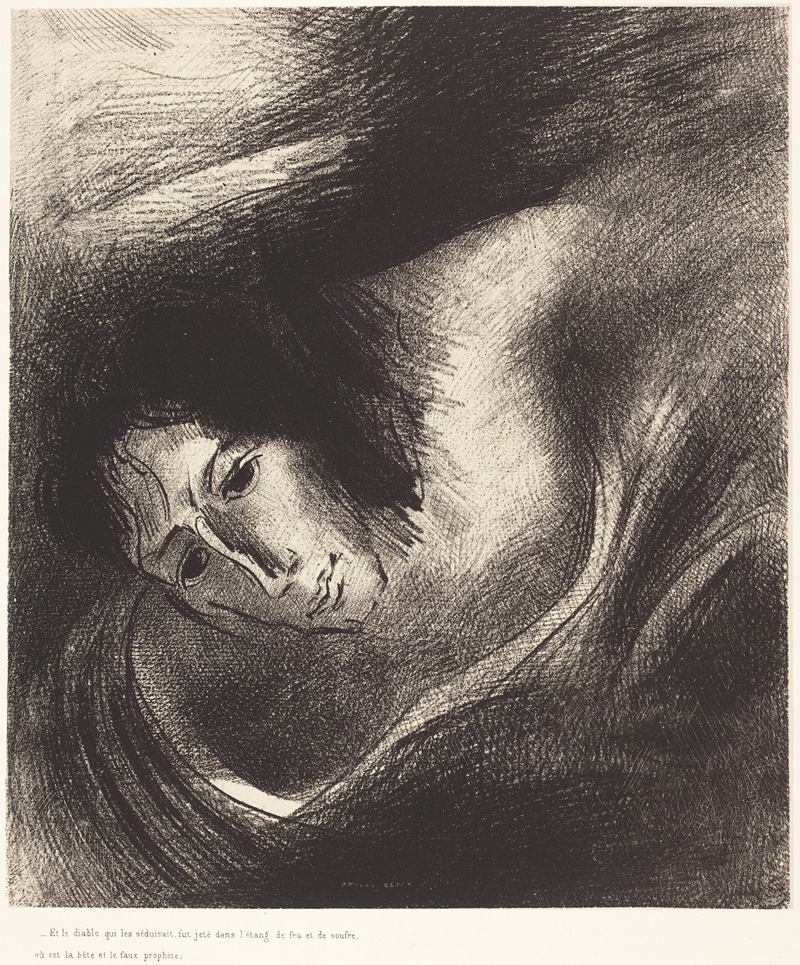
Et le diable qui les seduisait, fut jete dans l’etang de feu et de soufre, ou es la b ete et le faux prophete
A hand-painted replica of Odilon Redon’s masterpiece Et le diable qui les seduisait, fut jete dans l’etang de feu et de soufre, ou es la b ete et le faux prophete, meticulously crafted by professional artists to capture the true essence of the original. Each piece is created with museum-quality canvas and rare mineral pigments, carefully painted by experienced artists with delicate brushstrokes and rich, layered colors to perfectly recreate the texture of the original artwork. Unlike machine-printed reproductions, this hand-painted version brings the painting to life, infused with the artist’s emotions and skill in every stroke. Whether for personal collection or home decoration, it instantly elevates the artistic atmosphere of any space.
Odilon Redon was a French symbolist artist known for his unique and imaginative works that often explored themes of fantasy, dreams, and the subconscious. One of his notable works is "Et le diable qui les séduisait, fut jeté dans l’étang de feu et de soufre, où est la bête et le faux prophète," which translates to "And the devil who deceived them was thrown into the lake of fire and sulfur, where the beast and the false prophet are." This piece is part of Redon's exploration of biblical and mythological themes, which he frequently revisited throughout his career.
Redon was born in Bordeaux, France, in 1840 and began his artistic career as a painter and lithographer. He was initially influenced by the Romantic movement but later became associated with the Symbolist movement, which sought to express ideas and emotions through symbolic imagery rather than direct representation. Redon's work often featured fantastical creatures, dreamlike landscapes, and mysterious figures, reflecting his interest in the unseen and the mystical.
The title of the artwork is derived from the Book of Revelation in the New Testament, specifically Revelation 20:10, which describes the final defeat of Satan and his consignment to the lake of fire. This biblical reference is indicative of Redon's fascination with religious and spiritual themes, which he often interpreted in a highly personal and imaginative manner. His works are characterized by their ethereal quality and the use of vibrant colors, which create a sense of otherworldliness.
Redon's artistic style was distinctive for its use of pastels and charcoal, which allowed him to create soft, dreamlike images with a focus on mood and atmosphere. His use of color was particularly innovative, as he employed a wide range of hues to evoke emotional responses and convey the mystical nature of his subjects. In "Et le diable qui les séduisait," Redon likely used these techniques to create a vivid and haunting depiction of the biblical scene.
Throughout his career, Redon was associated with other Symbolist artists and writers, including Stéphane Mallarmé and Joris-Karl Huysmans, who admired his ability to convey complex ideas through symbolic imagery. His work was also influenced by the writings of Edgar Allan Poe and Charles Baudelaire, whose themes of the macabre and the mysterious resonated with Redon's artistic vision.
Redon's influence extended beyond the Symbolist movement, as his innovative use of color and form anticipated the developments of modern art in the 20th century. His work has been celebrated for its ability to transcend the boundaries of reality and imagination, inviting viewers to explore the depths of their own subconscious.
"Et le diable qui les séduisait" is a testament to Redon's unique ability to blend religious themes with his personal artistic vision, creating a work that is both thought-provoking and visually captivating. While specific details about this particular piece may be limited, it remains an important part of Redon's oeuvre and a reflection of his enduring fascination with the mystical and the unknown.







